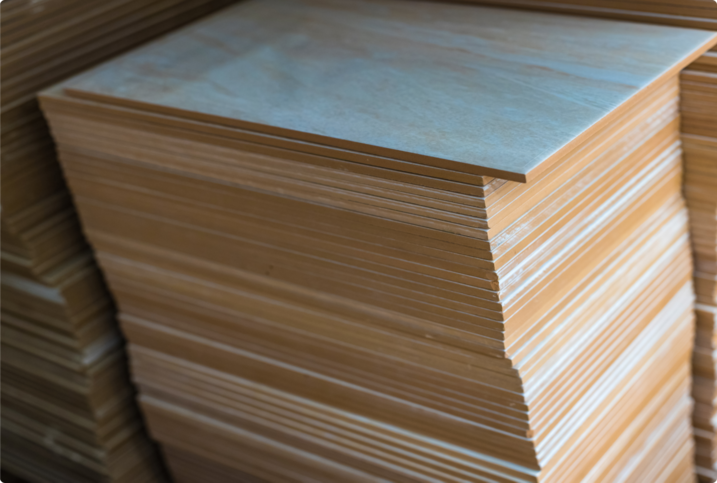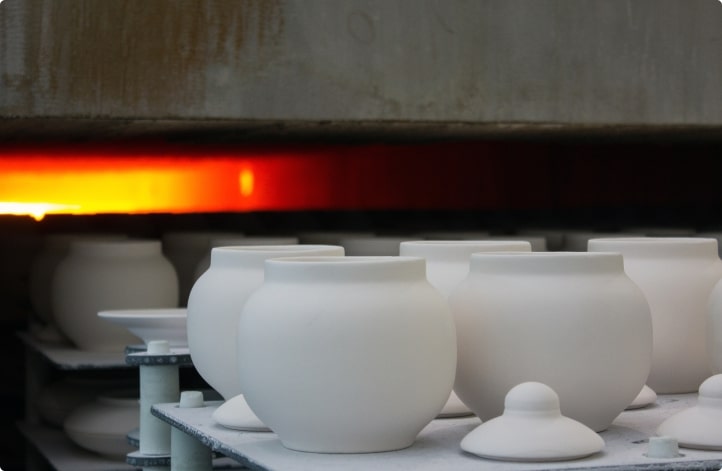Ceramics industry
Due to their durability and versatility, ceramics are critical to a sustainable society. However, the industry must reduce its environmental impact, especially from high-temperature processes. Partial electrification and better energy efficiency can help, but more solutions are needed. Switching from fossil fuels to biomethane and green hydrogen can cut emissions significantly. Using these green fuels, new materials and production methods can make ceramics more sustainable.

What can the industry do?
By adopting these practices, the ceramics industry can significantly reduce its carbon footprint and support global sustainability efforts.
The context
Ceramics are durable, versatile and resource-efficient, used in everything from homes to industries. However, the industry needs to lower its environmental impact. This means optimising raw materials, recycling and changing production processes to cut carbon emissions and energy use.


Profound electrification challenges
The electrification of ceramic production is challenging because the gas atmosphere in the furnace is critical to the final quality of the pieces. This makes the process heavily reliant on gaseous fuels, posing a challenge for full electrification.
A possible decarbonisation
Using electric furnaces where possible and boosting energy efficiency can help the ceramics industry reduce its carbon footprint. However, full decarbonisation needs more than just electrification.

Our solutions
To produce sustainable, low-carbon ceramics, natural gas must be substituted with biomethane and green hydrogen.
Biomethane, made from organic waste, is a renewable and carbon-neutral alternative to fossil natural gas. Green hydrogen, created using renewable energy, is a clean fuel for the high-temperature processes in ceramics manufacturing. Using both biomethane and green hydrogen can significantly cut greenhouse gas emissions. By adopting these green fuels, the ceramics industry can lead in sustainable manufacturing and help fight climate change.

